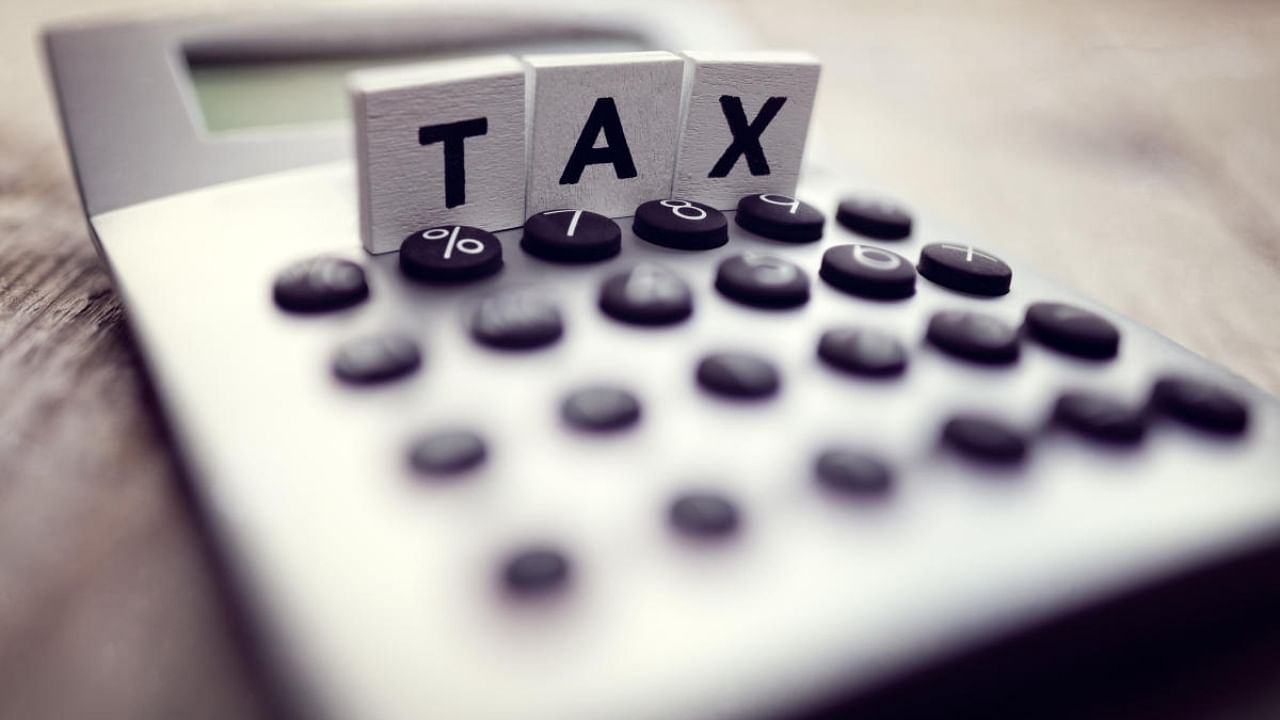
The Finance Ministry has proposed to introduce a common Income Tax Return (ITR) by merging all existing ITRs, with the exception of ITR Form -7 applicable to charitable trusts, in order to make filing easier, reduce time consumption, ease compliance burden, catch up with best international standards, and “no doubt” make it easier for itself to reconcile the constantly flowing ‘terabyte size of data obtained from third parties’ say from banks, financial institutions, and other sources’ while processing the filed returns.
However, two classes of filers will also have the option to choose between the common ITR and current ITR Form-1, also known as ‘Sahaj’, for those who have total income from salary, one house property, and other sources up to Rs 50 lakhs and ITR Form-4, also known as ‘Sugam’, for those individuals, HUFs having total income up to Rs. 50 lakhs and income from business or profession as per their convenience.
Read | Common ITR form for all taxpayers on anvil, Income Tax department invites stakeholder comments
In other words, taxpayers who often file their ITR Form-2 for income from residential property, etc, ITR Form-3 for income from business or profession, ITR Form-5 for Limited Liability Partnerships (LLPs), Association of Persons (AoPs), Body of Individuals (BoIs), Artificial Juridical Person (AJPs), Business Trusts and ITR Form-6 for companies will have to switch over to common ITRs, once notified. Post notification, the Income Tax Department will release its online utility wherein a customised ITR will be available to the taxpayer based on answering a few wizard questions.
Overview of the common ITR
As per CBDT’s circular, the common ITR will come up with the following features: (a) basic information, distinct schedules for computation of total income and tax, details of bank accounts - which is likely to be pre-filled if linked with PAN, and tax payments (b) schedules will be activated only upon certain questions answered by the concerned taxpayer affirmatively, (c) instructions and directions to file the returns, (d) simplified return filing process with distinct value in each row.
Thus, it is evident from above, the taxpayer need not go through all the parts of the ITR. In addition, the common ITR form will also be pre-populated with the information that is already available with the tax departments like the current system.
Common ITR and its focus
In addition to regular disclosure requirements, the proposed draft ITR seeks much more details exhaustively, for instance, details of lenders including his PAN, address, amount of capital borrowed, outstanding as of the last date of the relevant financial year to claim deductions of interest paid on borrowed capital, income from virtual digital assets or crypto assets under a separate head and foreign equity and debt instruments held by residents.
Similarly, from non-residents and non-resident entities, it seeks their nature of business, Permanent Establishment (PE), Business Connection (BC), Significant Economic Presence (SEP) and the number of their users in India and issuance of Tax Residency Certificate (TRC) among others.
Caution words to Return filers
As Kamlesh Varshney, Joint Secretary, CBDT, Ministry of Finance, quoted recently, taxpayers are being advised to check their Annual Information Statement (AIS) on a regular basis, say, once in a quarter instead of only at the time of filing the return of income and flag the discrepancies, if any.
An AIS is a comprehensive statement containing financial transactions reported by various entities, say banks, RTOs, stock exchanges, etc., to the Tax Department. It is divided into two parts: Part A contains the taxpayer’s general information, say Name, PAN, Aadhaar Number, Date of Birth, etc., while Part B contains comprehensive information on TDS, TCS, 53 types of Specified Financial Transactions (SFTs), payment of taxes, demand and refund. Its key objectives are to provide detailed information to the taxpayer gathered from various sources back-end, to promote, compel voluntary compliance, and enable seamless pre-filing of Income Tax Returns, and most importantly, to deter non-compliance.
Since the proposed common ITR is a mere draft and based on ‘Yes’ or ‘No’ inputs, the final version may be more challenging for the taxpayer during its initial years of introduction. Though filing Returns is going to get easier further, it is advisable to avail a Tax Professional’s advice.
Gone are those days of casual behaviour of non-compliance or non-filing of Returns or non-keeping of financial transaction records wilfully or not. Life-long compliance, extra due diligence and disclosing one’s accurate income will ensure peace of mind from the Department.
Concluding remarks
Stakeholders may send their comments and suggestions to dirtpl4@nic.in with a copy to dirtpl1@nic.in latest by December 15, 2022. It is expected that the common ITR form - after due consideration of stakeholders’ inputs and changes to carry the Union Budget 2023-24 tax proposals - is likely to be notified on the very first day of the new financial year i.e. on April 1, 2023, as a continuance of the current practice and may apply from Assessment Year 2023-24 onwards.
(The author is the founder and chief executive officer of Shree Tax Chambers)